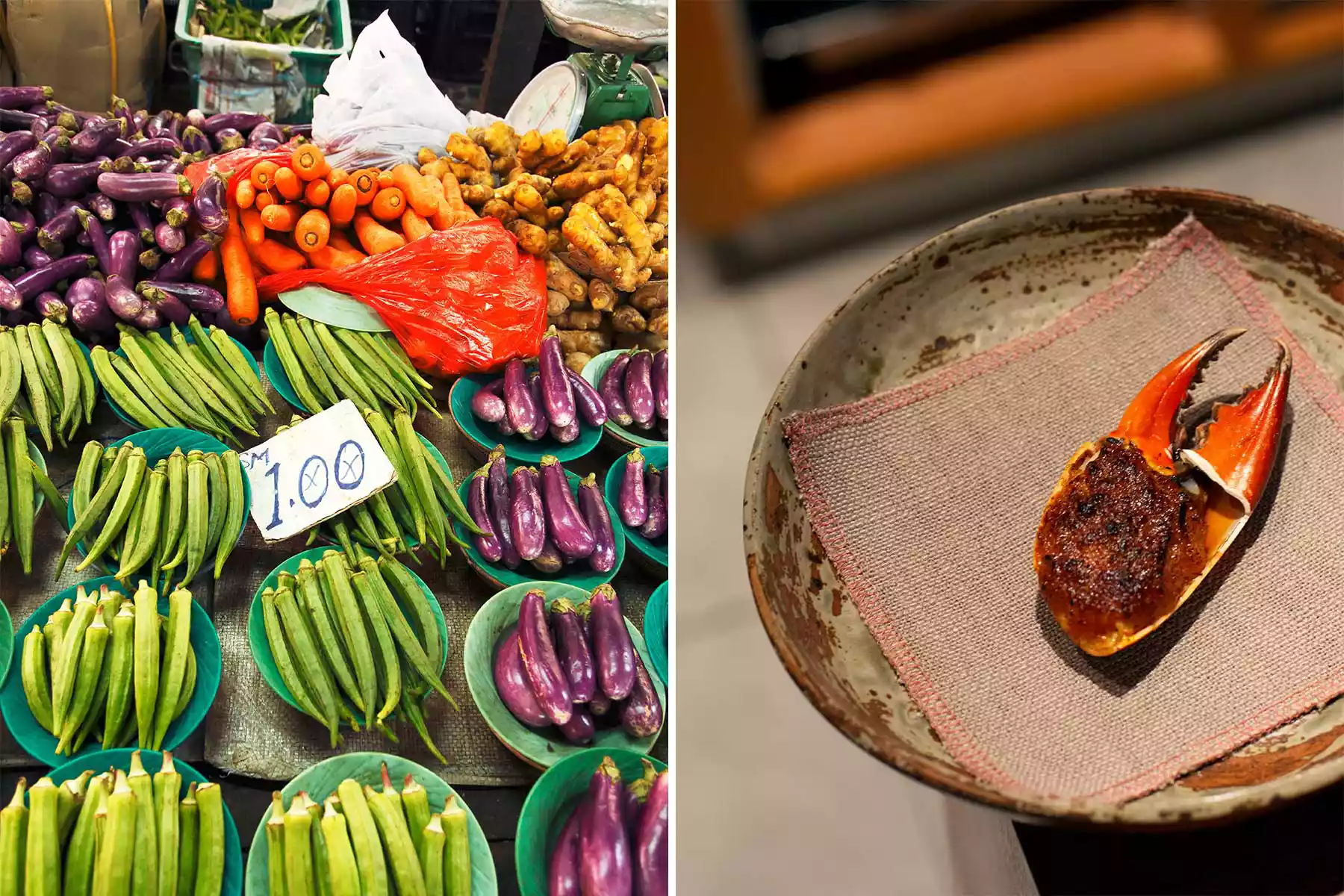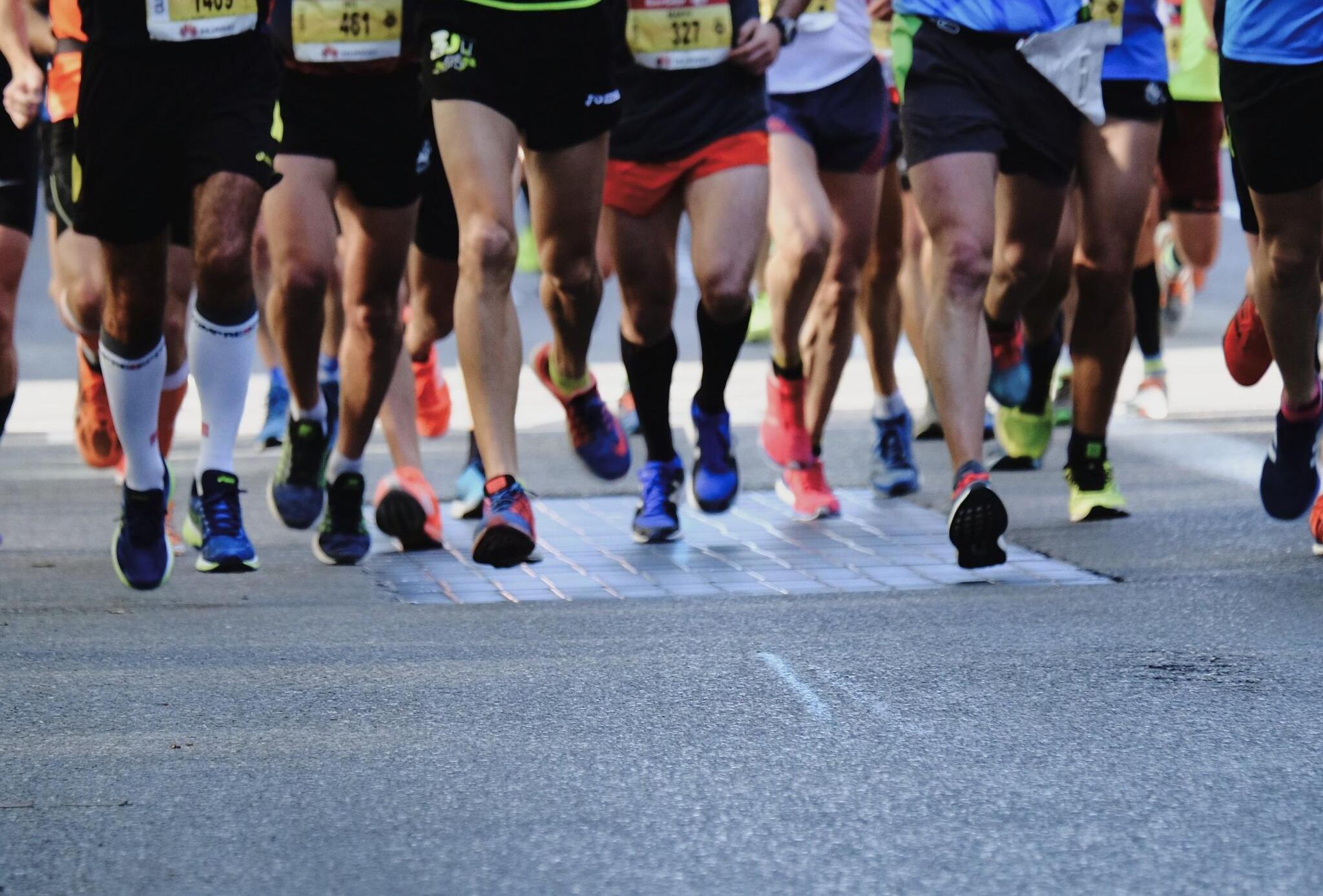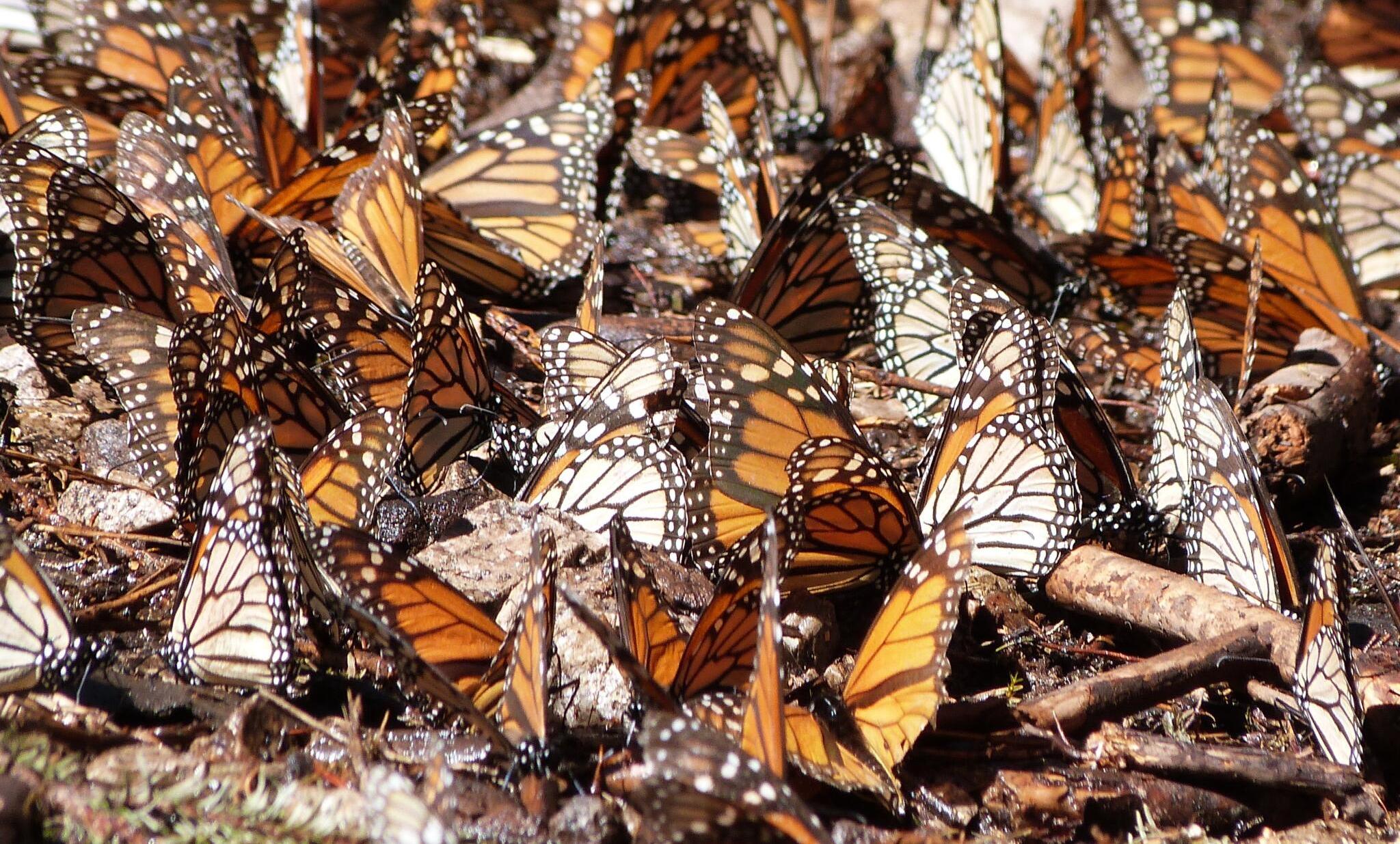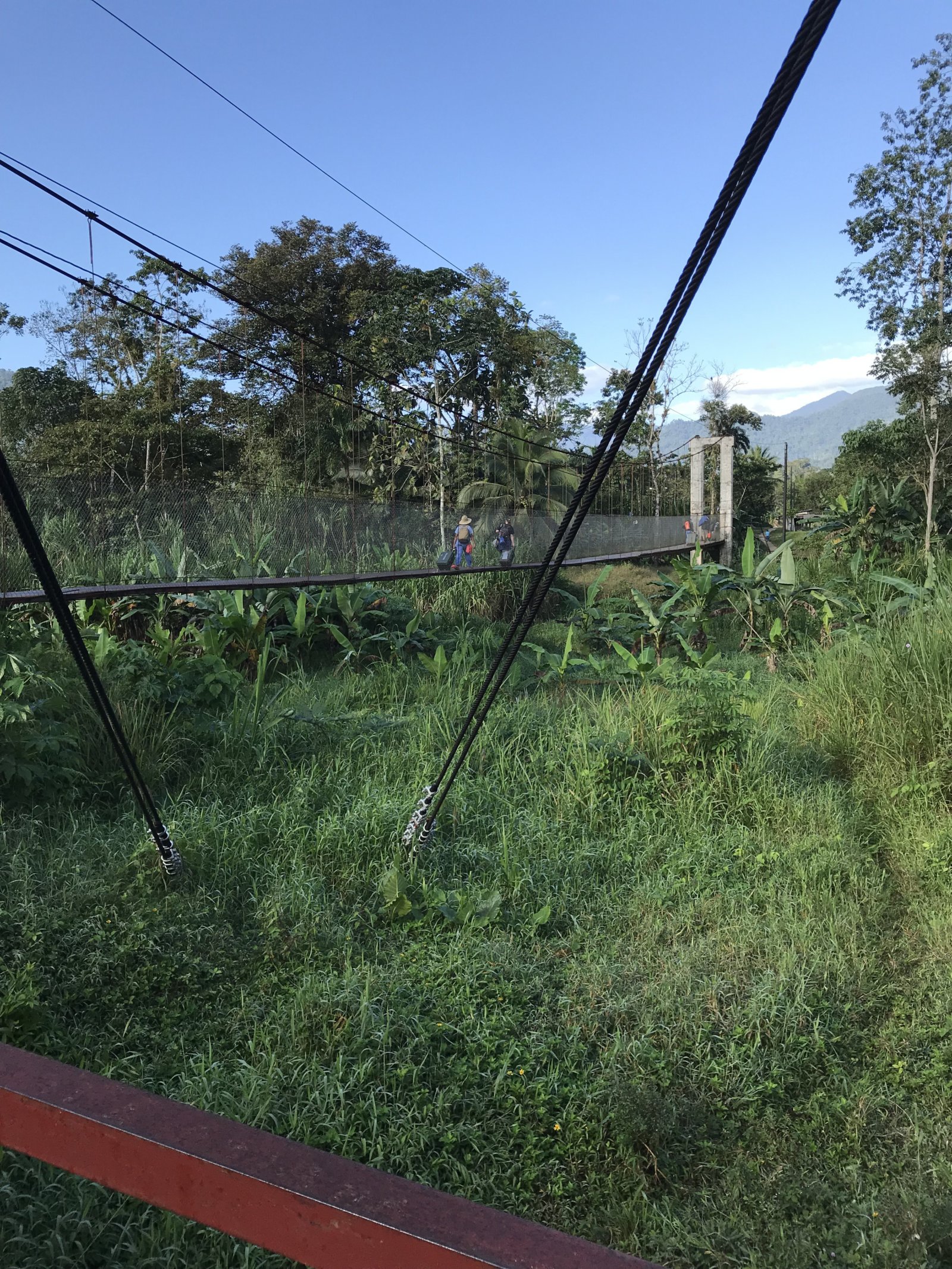With Malay, Chinese, European, and Indigenous influences, Malaysian food has long been a melting pot of cultures.
Editor’s Note: Travel might be complicated right now, but use our inspirational trip ideas to plan ahead for your next bucket list adventure.
Malaysian food was fusion cooking before foodies started using the word. Take, for example, kari debal—literally, “the devil’s curry”—one of the country’s great dishes. The chicken as well as the candlenut that fattens the sauce are native ingredients. The potatoes and chili peppers arrived in the trunks of Portuguese traders. Spiked with galangal and vinegar, the dish is fiery, slightly sour, and worthy of its name.
This dish itself comes from the Kristang people, a small community concentrated in the Malaysian port city of Melaka. They are the Roman Catholic descendants of European traders who married Malay women. “We are a very tight group. Everyone works together like a family,” said Sara Santa Maria, a Kristang culinary instructor and language teacher, as we tucked in to a lunch of deep-fried sea bass with pineapple curry, water spinach sautéed with garlic, crispy eggplant, and chicken cooked with keluak—a slightly truffly fruit that’s poisonous unless boiled and fermented. “Many people eat our food, but we want them to know we still exist as a community.”
I could, of course, have eaten my way across Malaysia without knowing any of this. The experience would have been delicious, and probably very cheap. The lavish spread I shared with Santa Maria cost $25. The milky tea, roti, curry, and poached eggs I had for breakfast one morning came to an even more affordable $1.25. An afternoon snack of ethereal banana fritters and shatteringly crisp spring rolls might have been the best 50 cents I’ve ever spent.

However, every cuisine has a culture and a context, and understanding them can deepen its flavors. Today’s Malaysian cooks, activists, entrepreneurs, and academics are interrogating the country’s complex history. As I traveled from Melaka to Kuala Lumpur, I encountered ideas that reminded me of conversations I’d had much closer to home. More diverse histories, which sometimes include painful truths, must be taught. The land must receive greater care. We must think in more inclusive and thoughtful ways, both to honor the past and to secure a sustainable future.
Melaka, which sits on the eastern shore of the strategically important Strait of Malacca (the Malaysian government changed the official state name in 2017; the anglicized “Malacca” remains on many international maps and properties), was a Muslim sultanate until the Portuguese conquered it in 1511. The Dutch sailed in and took over in 1641, followed by the British in 1824. By the time Malaysia gained independence in 1957, the enclave had spent nearly 450 years as a colonial entrepôt. That history remains abundantly evident throughout the old town.
“Malaysia’s traditions, food, medicine, art—all of it comes from the forest. It makes us who we are. If we lose that, what do we have?”
A moldering Portuguese hilltop fort stands guard over narrow streets packed with Chinese shop-houses, Dutch civic architecture, and Indian temples. There are no more fleets in the harbor, though. There isn’t even a harbor—it silted up long ago. But outside Stadthuys—the regal but restrained Dutch government headquarters that became a museum in 1980—there’s a bizarre fleet of another kind: garish pedicabs bedazzled with fake flowers, streamers, and stuffed animals, all competing to attract a fare. I saw one honoring SpongeBob Squarepants, a couple of Hello Kitty–themed ones, and many celebrating My Little Pony.

The Portuguese Settlement, a collection of tidy bungalows that many Kristang people call home, sits on bayside flatlands a couple of miles from the city center. The word Kristang, an evolution of the word Christian, testifies to the enduring Catholic faith of the community. Islam is Malaysia’s official religion, but you wouldn’t know that walking around this village, where nearly every house has a shrine to the Virgin Mary. In the square at the heart of the Portuguese Settlement, Jesus stands with arms outstretched, in a scaled-down replica of Rio’s Christ the Redeemer statue.
Santa Maria’s surname speaks of her Portuguese heritage. But one of her great-grandfathers came from China and one great-grandmother was Dutch. “I’m like a mixed-fruit salad,” she said as we strolled the neighborhood. The creole that she speaks fluently, also called Kristang, likewise draws on multiple heritages. Much of its grammatical structure comes from Malay, its vocabulary from Portuguese, Tamil, Cantonese, and Dutch.

Santa Maria has made Kristang cultural preservation and education her life’s work. The language isn’t taught in schools, so she gives lessons in her living room. She’s one of the last who can make breudher, a Dutch-inspired, palm-wine-infused holiday cake. So just before Christmas, she bakes batch after batch for neighbors. And when curious tourists ask, she offers Kristang cooking lessons on her porch.
The themes of memory and visibility surfaced repeatedly as I crisscrossed Malaysia. Thirteen of its 16 states and territories occupy Peninsular Malaysia, which is shaped roughly like a ballet dancer’s foot in demi-pointe, extending southward from Thailand. The other three are on the island of Borneo. For generations, Malaysia was divided among sultanates, which eventually all came under British rule. After independence in 1957, it kept a monarchy. Uniquely, the crown rotates every five years among the nine states that still have sultans.
It’s the prime minister, though, who wields real power, and under Mahathir Mohamad, who held the office from 1981 until 2003 (and again from 2018 until this past March), Malaysia underwent one of Asia’s most dramatic economic transformations. One of his initiatives was turning the island of Langkawi from a quiet dot in the Strait of Malacca into an international beach destination. Where rubber and rice were once the main crops, hotels and resorts sprouted. But as tourist arrivals soared to more than 3 million each year, Langkawi’s rain forests shrank by half.

That dynamic troubled the owners of the Datai Langkawi, a resort opened in 1993 and revamped in 2018. It was Langkawi’s image as a postcard-perfect tropical paradise that drew visitors in the first place. What would happen if the rain forest were decimated or the reefs ringing the island died?
“We’ve come to the precipice of biological destruction,” Irshad Mobarak, the resort’s resident naturalist, told me. “We cannot afford to lose any more of this natural heritage. Malaysia’s traditions, food, medicine, art—all of it comes from the forest. It makes us who we are. If we lose that, what do we have?”
Joining forces with other hotels, Irshad has led a reforestation effort, creating corridors for wildlife by reunifying pockets that had been broken up by development. He also established an on-site nursery where his team of marine biologists is cultivating corals to fortify the reefs in the bay. And in the kitchen garden, there are now beehives—home to Trigona itama, a native bee that produces bracingly tart honey.

Irshad, whose ancestry (Punjabi, Portuguese, Irish, Malay) encompasses much of his nation’s story, spent his childhood summers roaming the forest with friends who were Orang Asli—members of Malaysia’s Indigenous tribes. They trained his ear to recognize the Malayan tiger’s cry. They showed him which fruits were edible. They planted the seed that eventually compelled him to leave investment banking and become a naturalist. “The land teaches us,” he said. “We are sitting amid these precious treasures. We have to honor them.”
Malaysia means “land of the Malays.” But the name, which wasn’t even invented until shortly after independence, erases the Indigenous peoples who originally inhabited this land, long before the Malay.
Orang Asli is an umbrella term that encompasses 18 distinct Indigenous groups. They were systematically enslaved by Malay sultans for nearly a millennium until the British banned slavery in the early 1800s. After abolition, subjugation came through consistent encroachment on their forest homelands. Though some tribes retreated deeper into what remained of the forest, their seminomadic, hunter-gatherer ways proved incompatible with modern property deeds and private land ownership. Many were forced into villages.

I didn’t have to go far outside Kuala Lumpur to find the Orang Asli trying to maintain their traditions. One afternoon, I met Jue Bah Tuin at the roadside in the Gombak district, 15 miles north of the city center. We crossed a bridge, wound through two villages, passed under a highway through a drainage tunnel, and climbed a path rising steadily into the forest. We passed durian and rambutan trees and wild ginger plants, then navigated a makeshift bamboo bridge. Thirty minutes later, we came to a clearing where Jue’s father, Raman Bah Tuin, was stoking a fire.
Around me, ferns rose waist-high, a feather-soft skirt extending indefinitely in every direction. “There are leeches,” Raman said. “But don’t worry.”
He put me to work immediately. Jue had marinated a whole chicken in turmeric, curry powder, and salt, and as Raman speared it on a sturdy branch, he instructed me on rice preparation: Take a bamban leaf, shiny side down, in your palm. Scoop three spoonfuls of rice into the center. Fold the sides in, then the bottom, and finally tuck the top in to make a neat envelope. Next, place the rice parcels inside a length of bamboo, fill the tube with water, and stuff the opening with more leaves. “Boil on an open fire for 45 minutes,” he said. “That’s it!”
As Jue tended the fire, Raman, who belongs to the Semai tribe, took me farther uphill. There was no discernible path. The forest canopy filtered the hot afternoon sun. Around me, ferns rose waist-high, a feather-soft skirt extending indefinitely in every direction. “There are leeches,” Raman said. “But don’t worry.”
As we walked, Raman grabbed leaves and stalks to thrust at me. He rattled off names in Semai, explaining what each plant could do: “Mash this one till the juice comes out. Use that as an antiseptic on cuts. Take this spongy, furry leaf to the stream and rub it between your hands. Use the lather as soap. Tie six of these leaves in a bundle. Wave them to send evil spirits away.”

Slowly, I began to absorb more of the texture and detail. Slowly, the surrounding forest morphed from an indistinguishable green sea into the all-in-one apothecary, hardware store, and grocery that Raman frequented every day.
“Terap,” he said, pausing at a tree with big three-lobed leaves. “Use the bark to make clothes.”
“Tabar,” he said, waving at a small shrub. “The young shoots can be chopped up as an herb. When it’s mature, take it to reduce fever.”
He pointed at a barely noticeable streak in the dirt between two shrubs: “Here’s an animal trail, probably a wild cat. I could set a trap here.”
He looked at me. I looked at him. My confused awe seemed to satisfy him, because he grinned a betel-stained grin and turned us downhill toward camp.

Back at the fireside, Raman handed me a betel nut he’d harvested, told me to put it in my mouth and chew, and then burst out laughing when I gagged and spat the bitter, woody thing out. Then, as he checked the chicken, he told me how he started an outfit called Jungle School some years ago with academics who study Indigenous culture, the goal of which is to offer visitors cooking and ethnobotany lessons much like the one he was giving me. “I want them to know the way we talk, the way we believe, the way we live.”
Raman wants to share what he knows in his bones. And he hopes to teach outsiders that, to his people, the forest is an extension of those bones. “It’s the spirits that live here, too,” Jue said as we ate the succulent chicken and rice with our hands. “Here, we feel ourselves. We feel at peace.”
The project isn’t just about sharing knowledge; Raman also wants respect. Malaysia has historically had one of the world’s highest rates of deforestation. Where he surveys the jungle and sees heritage and tradition, culture and spirituality, others envision agriculture and profit. The messy, biodiverse tangle of old-growth trees and tropical vines is being cleared for rigid rows of palm trees, each a well of oil destined for factory-produced cookies and shampoo, margarine and frozen pizza.

“To sit in the bough of a tree and just eat the fruit there—it’s an irreplaceable, visceral experience,” chef Darren Teoh told me later that day as we sat in Dewakan, his restaurant in Kuala Lumpur. As a kid, he’d climb mango and rambutan trees and feast, as if they were a personal buffet. “It’s not just about taste but also a sense of place.”
Moreover, there was something discordant about what he was saying, given our surroundings on the 48th floor of a skyscraper. Teoh’s meticulous tasting menus, built around Malaysia’s Indigenous ingredients, won Dewakan a place on San Pellegrino’s 2019 list of Asia’s 50 Best Restaurants, making it the first Malaysian restaurant ever to receive that honor.

Though the setting couldn’t have been more different from Raman Bah Tuin’s lean-to, the thinking behind the two venues has a surprising amount in common. Both want people to see food not as a mere commodity but as part of a system of shared sustenance. Both fear for the forest’s health. Both delight in its abundance of ingredients. On the restaurant’s curving shelves, large jars held some of that bounty: wild banana, mulberry, and torch ginger being turned into wine; bambangan—a cousin of the mango—being fermented into vinegar.
Ingredients that Raman had shown me in the forest also appeared in Dewakan’s dishes. Daun kaduk (wild betel leaf), used for healing by Orang Asli shamans, served as a cradle for cured goat heart. During dessert, chilled rambutan provided a tart counterpoint to a coconut caramel.

Equally significant: what didn’t appear. Chiles, a stereotypical component of Malaysian cookery, were almost completely absent. “Chili isn’t even native to Southeast Asia!” Teoh said. “Yet it almost defines this entire cuisine.”
Teoh’s grilled vegetables are a dish Raman Bah Tuin would appreciate. “I tell the boys: cook the vegetables medium-rare,” the chef told me. “Seared on the outside, still crunchy on the inside. It reminds me of being in the middle of the jungle and cooking on an open fire.”
In Melaka I spent a morning under the tutelage of chef Khay Tamaño at the Majestic Malacca, learning to cook kari debal. He’d set up a burner and the mise-en-place on the veranda.
“There’s no original recipe for kari debal. Every cook has their own take, their own secret recipe.”
We chopped vegetables, crushed aromatics, fried potatoes, and stir-fried chicken, the ceiling fan sending the savory aroma outward. Occasionally, hotel guests wandered over to ask what we were cooking. Their eyes searched for free samples, as if this were a tropical outpost of Costco. Later, as I sat (inside) and ate, scalp tingling and sweat pouring, I remembered those hungry interlopers. I scooped more curry onto my plate, and I thought, devilishly: All mine.
I eventually mustered the courage to make my own devil’s curry back home. I drew comfort from what I’d been told by Stefanie Shamila Pillai, a University of Malaya professor who is half Kristang and studies the language. “There’s no original recipe for kari debal. Every cook has their own take, their own secret recipe.” (Hers includes grainy mustard.) “We all adjust,” she said. “Our heritage is very hospitable. And we’re mostly nonjudgmental.”
Remembering Pillai’s benediction, I used macadamia, since I had no candlenut. Then I went to my garden, surveyed my options, and chose my secret ingredient, Thai basil. Since it’s native to Southeast Asia, I thought it respected tradition while bringing fresh herbaceousness.
Then I ate. And as much as can be said of this devilish dish, my kari debal was very, very good.

Plan Your Malaysia Trip
Getting There
Fly to Kuala Lumpur on Singapore Airlines via Singapore or Cathay Pacific via Hong Kong. From KL, Melaka is a two-hour car transfer, which can be arranged through your hotel. Air Asia and Malaysia Airlines fly between KL and Langkawi.
Kuala Lumpur
Built in 1932, the city’s grande dame is the Majestic Hotel (doubles from $82), while the Chow Kit (doubles from $46) offers a modern, boutique experience in its eponymous neighborhood. The dinner service at chef Darren Teoh’s Dewakan (tasting menus from $130) is elaborate and makes for a lavish night out.
On the other end of the spectrum, a meat-veg-and-rice plate at Restoran Kudu bin Abdul (335 Jalan Tuanku Abdul Rahman), in Chow Kit, goes for less than $2; a simple breakfast of roti and curry at the Mansion Tea Stall (Lorong Bunus Satu) costs less than $1; and snack sat the stall Om Shakti Chelo’s Appam (6A, Lorong Ara Kiri 3) are even cheaper.
To try an array of Malaysian specialties in one sitting, the Lot 10 Hutong (entrées $2–$6) is a food hall in the center of KL that has brought together some of the country’s most beloved food stalls in one space. Rise & Shine (entrées $3–$6), meanwhile, offers Malaysia-meets-the-world brunch fare.
Langkawi
The Datai Langkawi (doubles from $580) is shrouded in rain forest and serves excellent Malay cuisine at its main restaurant, the Gulai House.
Melaka
The Majestic Malacca (doubles from $149) combines modern comforts with a historic 1929 building. Lunch at Aunty Lee (entrées $2–$4) is rooted in the food of Peranakan/Baba Nyonya, a mixed Chinese-Malay culture. Another Nyonya option is the casual, family-run Unicorn Café where everything is around $2. For an in-depth exploration of the region, the Kristang cultural experience led by Sara Santa Maria (safredstamari@gmail.com; from $28 per person) includes a Portuguese Settlement tour, cooking class, and a dance performance.





